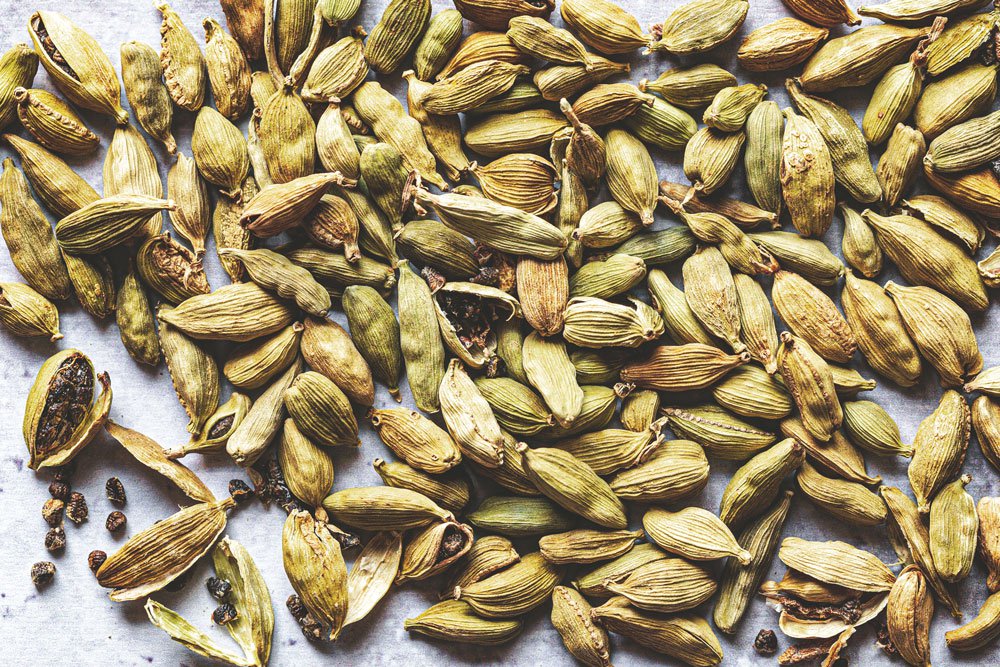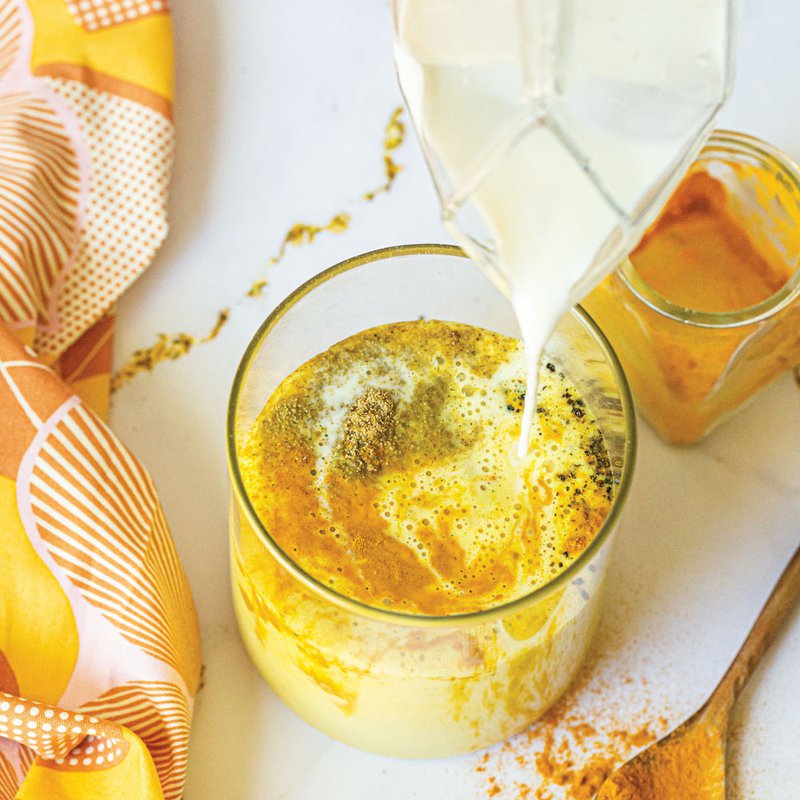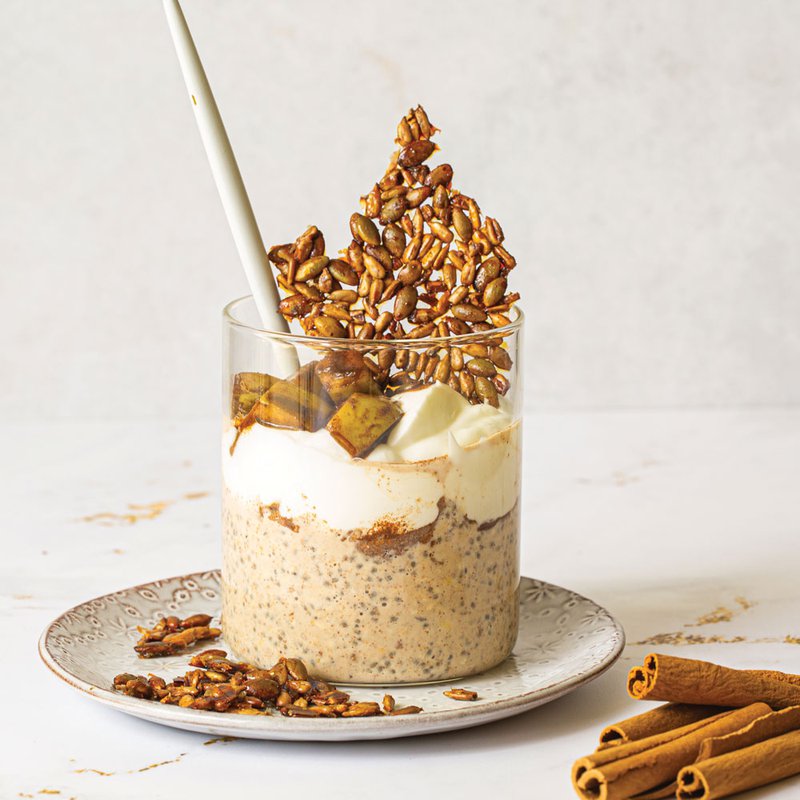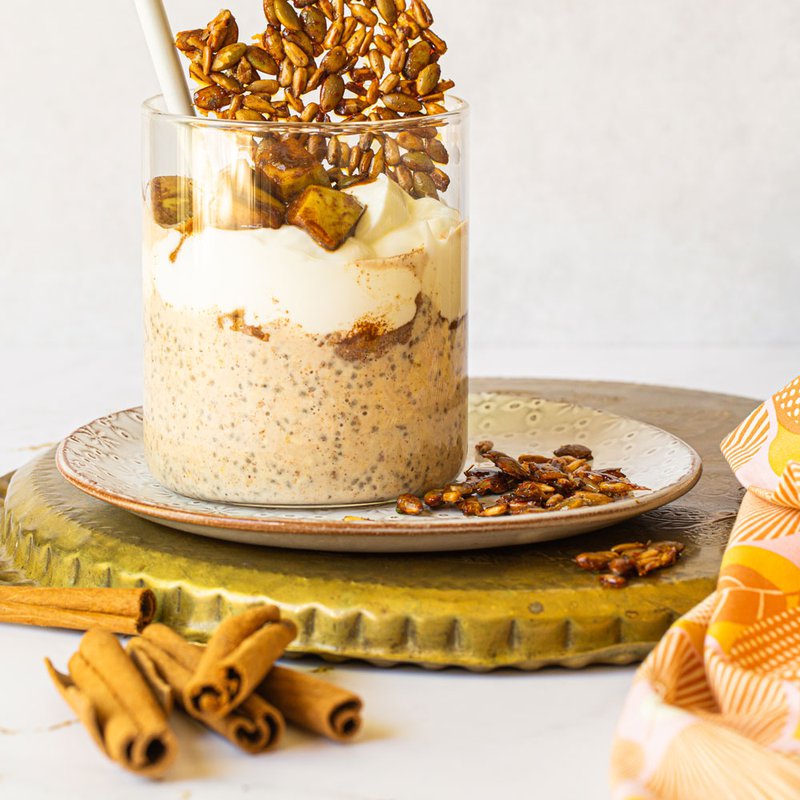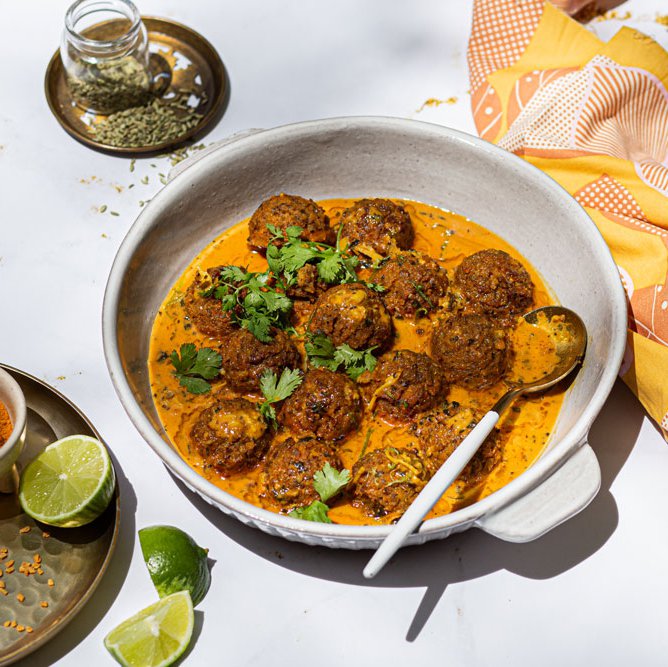TURMERIC
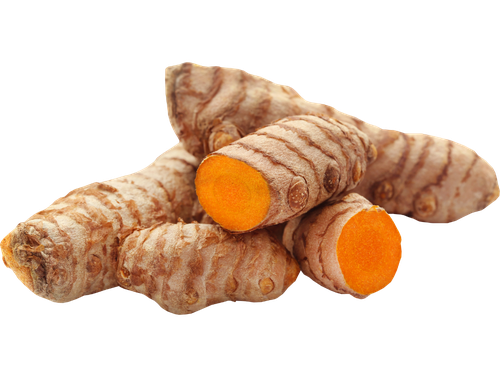
Turmeric comes from the root of the tropical curcuma longa plant, a perennial in the ginger family. Its main active ingredient is curcumin, which gives the spice its signature yellow colour and has shown a number of health benefits in clinical tests.
Curcumin has anti-inflammatory properties, that may help relieve effects of chronic conditions where inflammation begins to affect body tissues.
Another study of curcumin’s antioxidant properties suggested that the pigment may actively neutralise free radicals in the body.
Curcumin may also help mitigate the effects of depression.
PEPPER
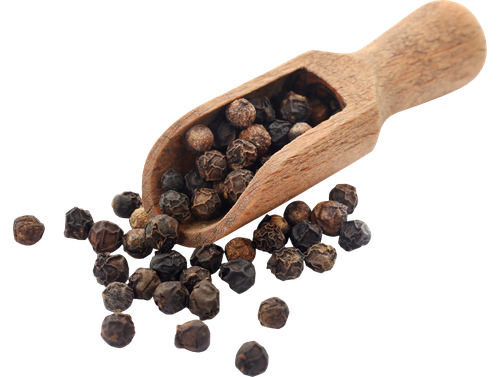
Pepper is harvested from the berries of pepper vines at various stages of maturity, resulting in different coloured peppercorns: green (unripe, preserved), black (mature, sundried) and white (fully ripened).
Piperine, a bioactive compound in black pepper, boosts the absorption of curcumin (an active ingredient in turmeric), which isn’t readily absorbed by the body.
Pepper is generally rich in antioxidants, flavonoids and bioactive compounds, the most vital being piperine, the natural alkaloid that gives the spice its pungent taste. Piperine also helps lower the risk of heart disease and neurological disorders, and increases the proliferation of nutrients available for absorption into the bloodstream.
CINNAMON
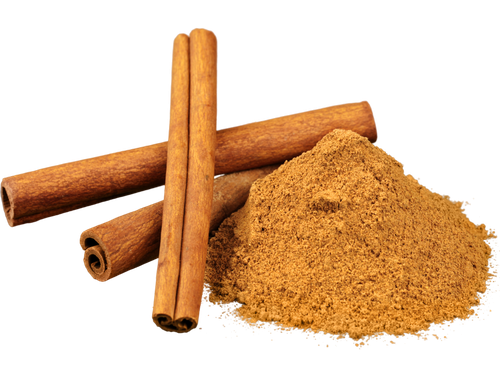
Cinnamon consists of dried and rolled inner layers of bark from a small evergreen tree in the laurel family. Native to Sri Lanka, it’s now further cultivated in Myanmar, Vietnam, India, Indonesia and the Seychelles.
The active compound cinnamaldehyde is credited with most of the spice’s evidence-based health benefits.
Various studies have shown that a supplementary ¾ teaspoon of cinnamon per day can also reduce triglycerides, cholesterol and blood sugar in individuals with metabolic disease.
It’s loaded with antioxidants and actively brings down levels of C-reactive proteins and other markers of inflammation.
CARDAMOM
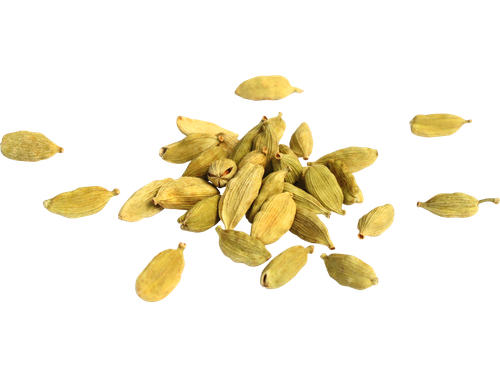
Another relative of ginger, cardamom is a spice derived from the seeds of several plant variants within the Zingiberaceae family. The harvested pods are graded by width – the fattest contain the most seeds, and are generally more valuable.
Researchers have linked the antioxidant qualities of cardamom to a proven capacity for lowering blood pressure, while its diuretic effect tends to promote healthy, regular urination.
Various ancient cultures chewed cardamom pods as a remedy for bad breath, and present science tends to bear them out – extracts in test tubes have been shown to work against the mouth bacterias that cause dental cavities.
FENUGREEK
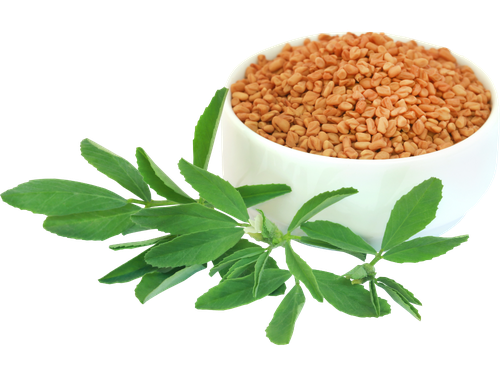
This three-leafed member of the Fabaceae plant family grows across Southern Europe and Asia. Cultivated as a cooking ingredient for centuries, and especially prevalent in Indian cuisine, it also demonstrates an impressive range of health benefits.
The available evidence shows that fenugreek can lower blood sugar levels, boost testosterone and increase milk production in breastfeeding mothers.
Nutritionists have called for deeper research into the possibility that these leaves may also reduce cholesterol levels and inflammation, and help control appetite. Several studies in animals suggest antidiabetic properties too, as fenugreek seems to improve insulin sensitivity and help regulate the absorption of glucose into the gut.
Alas, it can have intestinal downsides, too – negative effects of its active compounds can include bloating and diarrhoea, so it’s best to consume this particular herb in moderation.
